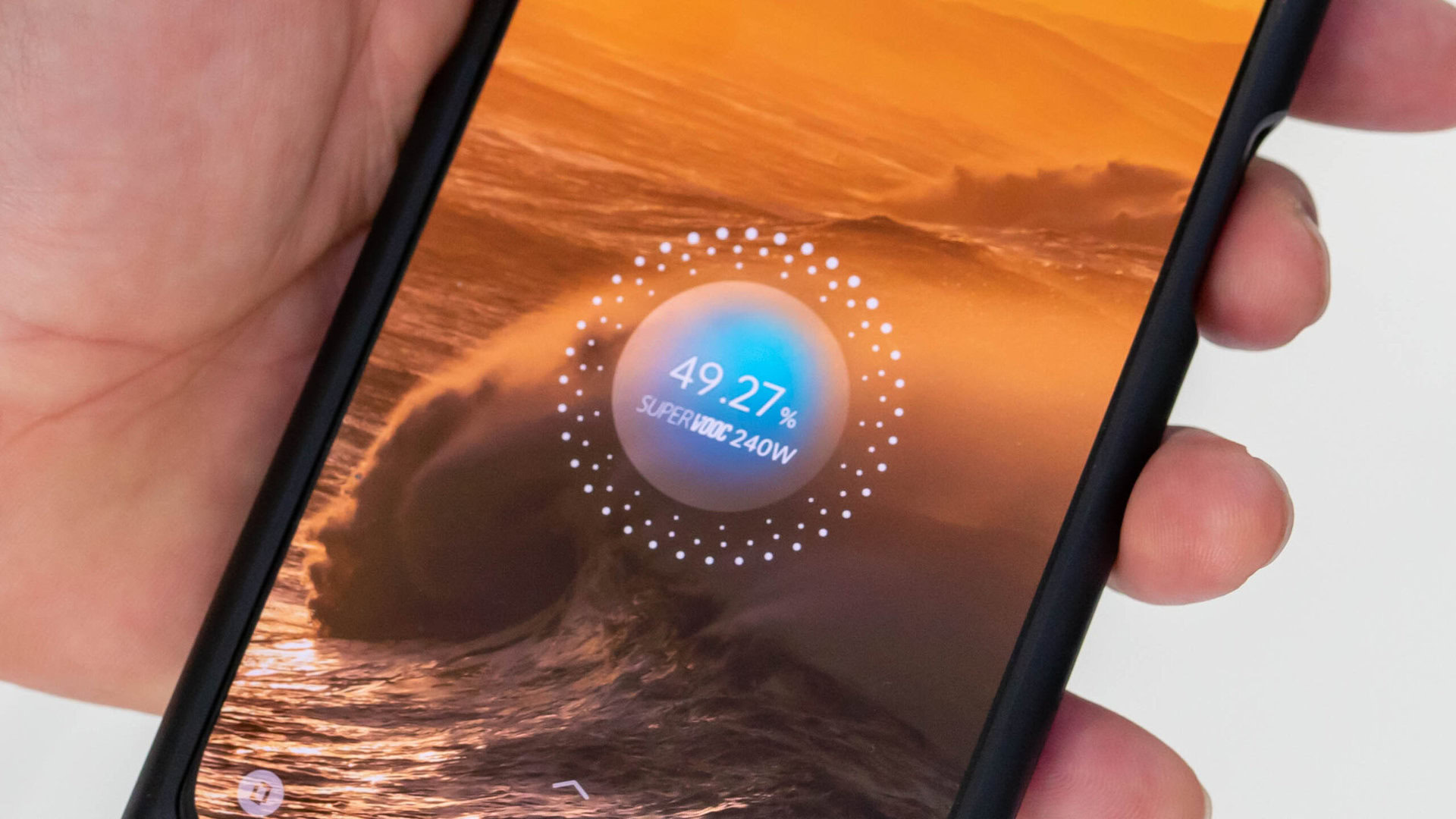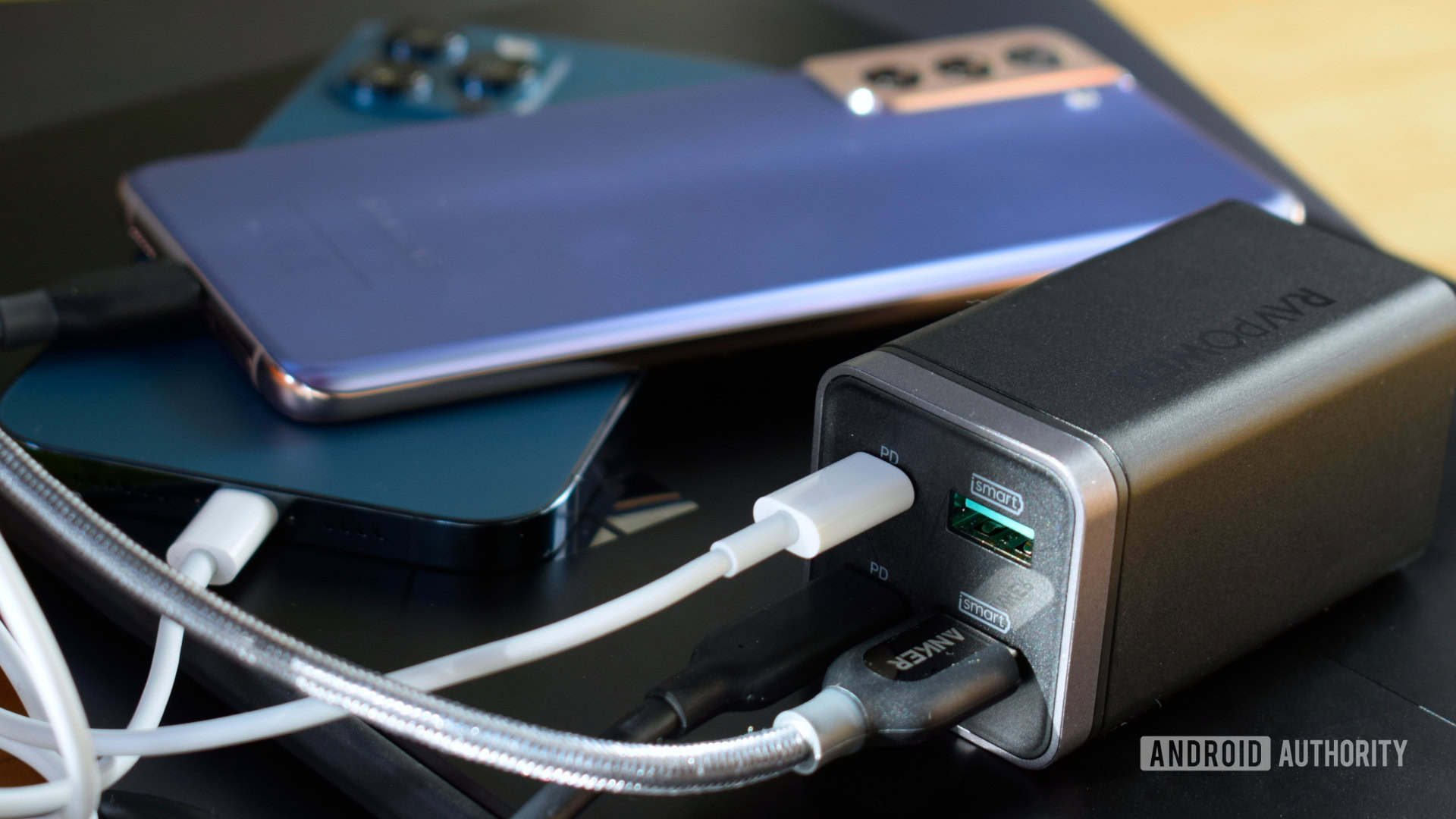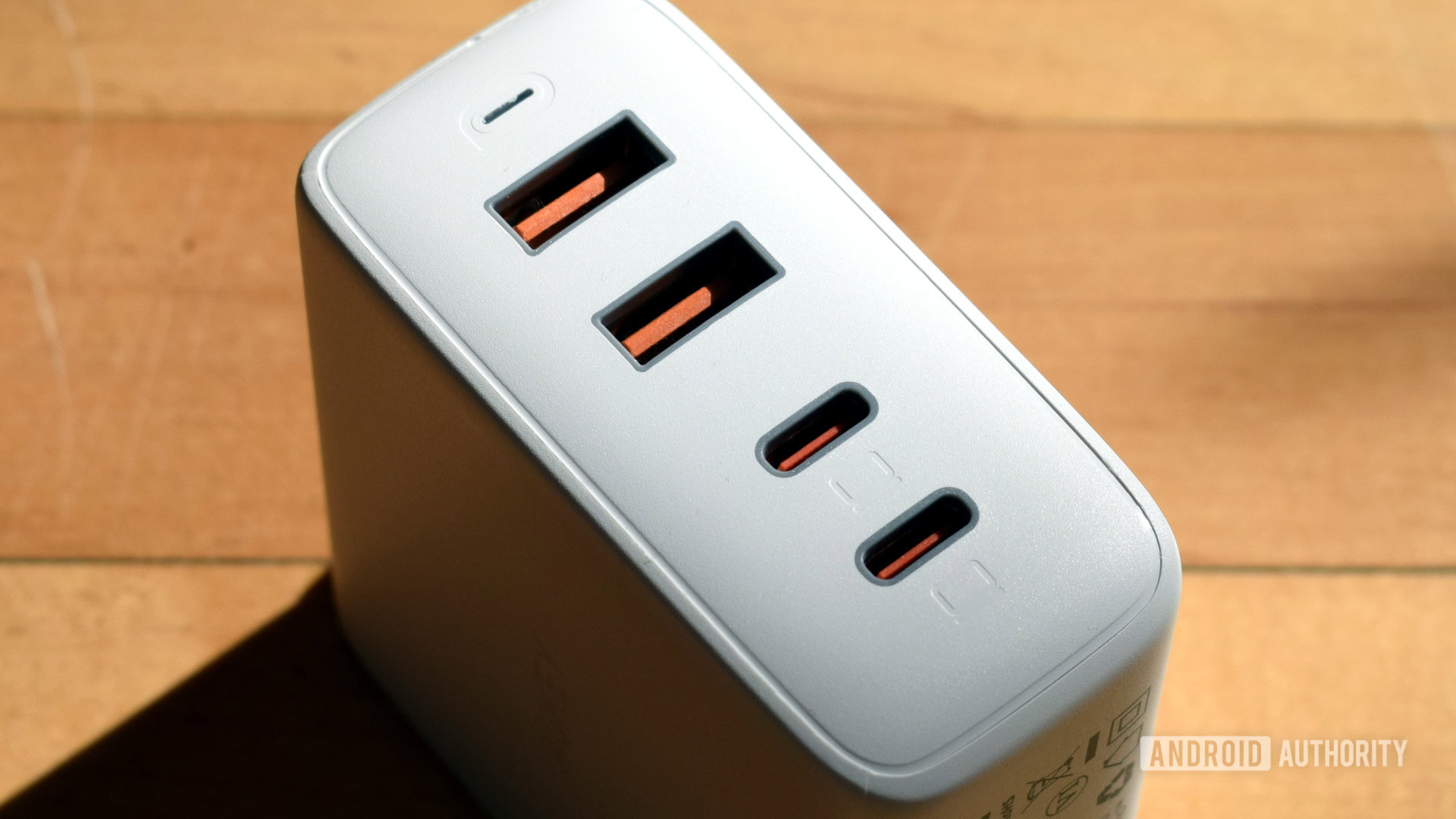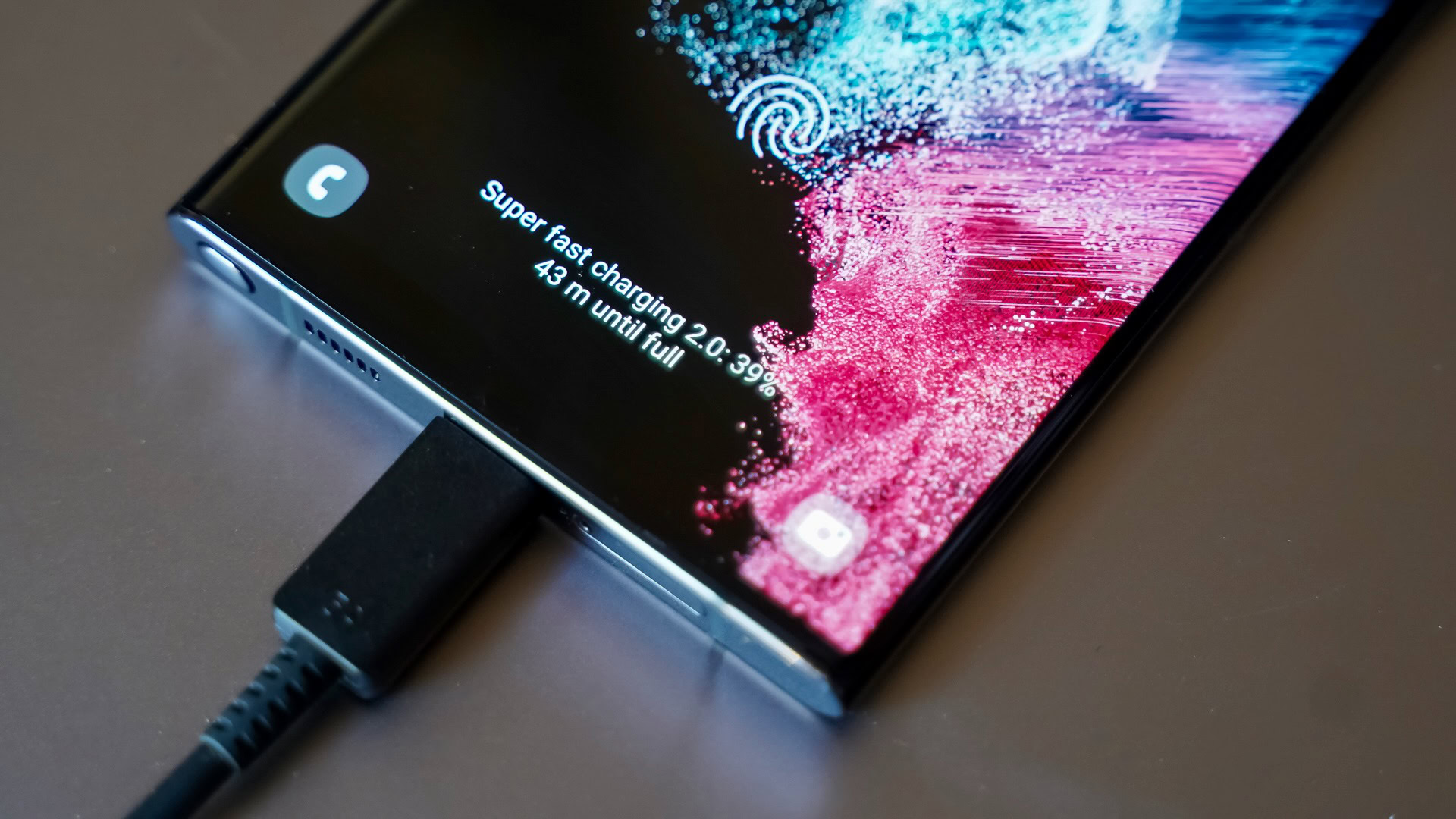Affiliate links on Android Authority may earn us a commission. Learn more.
100W, 150W, 240W? Wired charging power has become meaningless

As I’m sure you noticed, Mobile World Congress 2022 contained a few fast charging products announcements. From Oppo’s 240W SuperVooc concept to the 100W charging HONOR Magic 4 Pro, it’s increasingly rare to find a new smartphone announcement that doesn’t focus on charging power in some shape or form. But the sheer amount of power involved is becoming so astronomical it’s losing all meaning for pundits and consumers alike. Of course, brands hope that we’ll follow along with the ‘bigger numbers must be better’ philosophy, but battery technology is so seldom properly understood and wattage on its own tells customers virtually nothing important about charging their phone.
Number obsessions are a perpetual plague on the tech industry, whether it’s the historic megapixel wars, audio bit-depth battles, or today’s fascination with charging power. Eventually, it’ll disappear into the background. But before we can put this latest trend to rest, let me give you three good reasons why you should tune out this obsession with fast charging.
High-power charging is never sustained

Wattage is a very arbitrary metric to focus on when it comes to charging and it’s very easy to play fast and loose with this term to look better than the competition. For instance, wattage at the plug and phone are always different, owing to conversion and heat loss. 100W at the plug might only be 80W or less at the phone. Don’t trust that you can compare metrics between brands because who knows what they’re measuring.
But more importantly, consumers need to understand that very high levels of charging power only apply for limited periods of the early charging cycle. If your battery is over a quarter full, don’t expect to benefit from the ultra-high power levels advertised. Having tested numerous fast charging technologies from OPPO, HUAWEI, Samsung, and others, I can tell you that the power levels cited in marketing materials are almost always provided to the phone for a few minutes, and increasingly even less than that.
As you can see from the graph above, fast-charging phones, like the OnePlus 9 Pro and Xiaomi Mi 11 Ultra, hold their peak speeds for three or four minutes. Enough to quickly bring the battery up to around 20% before scaling back their power to lower levels. However, the 80W OPPO Find X5 Pro and 45W Samsung Galaxy S22 Ultra don’t even sustain their full power capabilities for one minute. 240W phones will undoubtedly be lucky to sustain their peak power levels for more than a few seconds.
Very high power levels last for just minutes if not seconds.
As such, the peak power levels banded about by manufacturers tell you very little about how quickly a phone charges. Average power would be more helpful, but that will obviously be much lower and wouldn’t play into the numbers marketing game. Metrics like time to 50% and time to fully charged are much better gauges to use than wattage. But even here, there’s room for playing fast and loose, and these numbers still don’t tell you much about what happens when you plug your phone in with a partial charge, which is a widespread charging habit.
When 100% is not 100%: How long does it really take to fully charge your phone?
Battery capacity and longevity is more important than faster charging
Pushing more and more power into your smartphones comes with compromises. For starters, extreme heat and high currents are bad for batteries in the long term and can reduce their lifespan. To counteract this issue, OPPO and others rate their fast-charging batteries to provide 80% of their initial capacity after 800 full charge cycles. That’s just over two years of daily complete cycles, not great if you’re planning to keep your phone for closer to half a decade. OPPO’s latest Battery Health Engine, found in the Find X5 Pro, improves this rating to 1,600 cycles before the battery degradation falls below 80%. That’s over four years of charging, which is much better. However, not every manufacturer is so transparent about their lifespan estimations, and cheaper implementations certainly won’t last as long as the best in the business. Buyer beware.
Fast-charging capable batteries have a smaller capacity, which means less battery life.
High C-rate batteries built to withstand faster-charging currents are more expensive and have a smaller capacity for a given size. In other words, a phone that charges faster has to dedicate more space for the battery. That’s precious space that could be used for a bigger camera sensor, processor cooling, improved haptics, or might just result in a thicker phone. That’s right; faster charging can compromise other phone attributes too. If that physical space isn’t available for a high C-rate battery, you’ll have to settle for a smaller battery capacity.
Ask yourself, would you rather your phone charges 10 minutes faster, or would you prefer an extra hour of screen on time? I think we all know the answer to that question.
Universal standards trump proprietary technology

One of the biggest issues with super-fast charging power levels is that they’re all based on proprietary technology, meaning you’ll only receive the fastest speeds when using specific plugs. While that might be fine at home, it’s less ideal for travel, charging in your car, or when using a power bank. A 100W phone might only charge at 10W from your battery pack, which could end up taking several hours rather than several minutes to hit 50% capacity.
Granted, manufacturers are increasingly making their proprietary plugs play nicely with USB Power Delivery and Quick Charge gadgets too. So your 150W SuperVooc plug will be suitable for charging your phone and USB-PD laptop. But not all manufacturers support these standards, and this doesn’t address the issue with slow battery pack charging and the like.
You can't fast charge your phone at 100W from a battery pack or car adapter.
Ultimately, fragmentation isn’t a good thing for the tech ecosystem as a whole. Consumers shouldn’t have to break out the correct plug for the right gadget when universal standards are readily available. After all, a large part of the drive for USB-C was to address the mess of proprietary standards and create simplified, plug and play experiences for consumers. Likewise, e-waste is a growing problem, and outdated chargers significantly contribute to landfills. Proprietary chargers that you might not use again once you upgrade your smartphone are adding to this problem.
This isn’t to say that fast charging isn’t a valuable and important feature for modern smartphones — no one wants to wait around all day for their phone to charge back up. However, you don’t need 100W, let alone 240W of power to be back on your feet in just a few minutes. There are also several seldom discussed drawbacks to fast-charging technology, such as those discussed here, that consumers should be made more aware of to inform purchasing decisions. It’s time to end this fascination with sky-high numbers and focus on what’s most important — the big picture consumer experience.
Also read: The best wall chargers – A buyer’s guide
